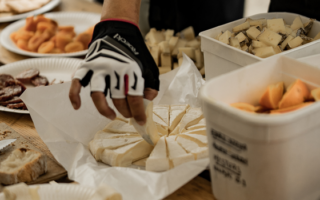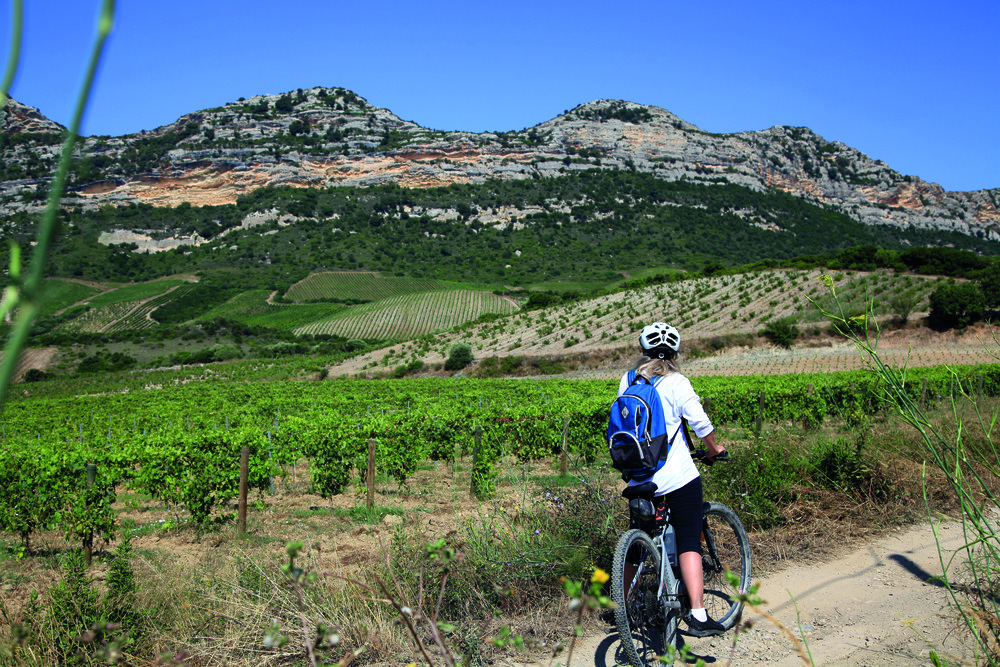
Corsicans live the longest: What are they eating?
A recent study has revealed that Corsicans live longer on average than anyone else in Europe. Could the key to good health lie in the island’s gastronomic treasures?
Across all of Europe, Corsica takes the top spot when it comes to living to a ripe old age. According to a study by Eurostat (the EU’s statistical office), the oldest people in Europe live in Corsica, where life expectancy is 84 years on average, rising to 87 for women. Could it be down to the 2,700 hours of sunshine. Corsica enjoys each year? Or the outdoor lifestyle offering everything from swimming and diving to hiking and biking? Or could it be down to the delicious food?
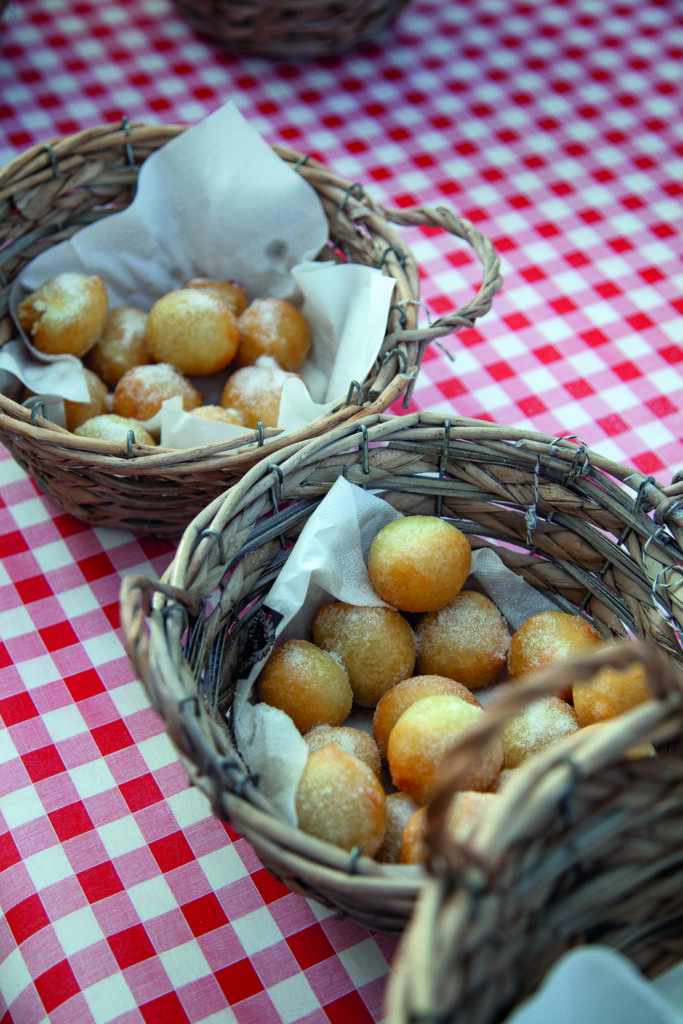
One thing’s for sure. The Île de Beauté, in the sparkling Mediterranean 170km from mainland France, makes for an irresistible destination for food-lovers, pairing breathtaking landscapes with a rich gastronomy shaped by traditions that have been passed down through generations.
Seafood galore
Seafood plays a key role in Corsican gastronomy, with a choice of fresh lobster, oysters, octopus and mussels, all bursting with the flavours of the Mediterranean. Enjoy Corsican bouillabaisse with rock fish, or for something a little more unusual, try bottarga. Nicknamed “Mediterranean caviar’, this delicacy is made from salted and cured fish roe which is prized for its briny, umami-rich flavour. It’s delicious thinly sliced over pasta or salads and, being rich in protein and omega-3 fatty acids, it’s a nutritional powerhouse to boot.
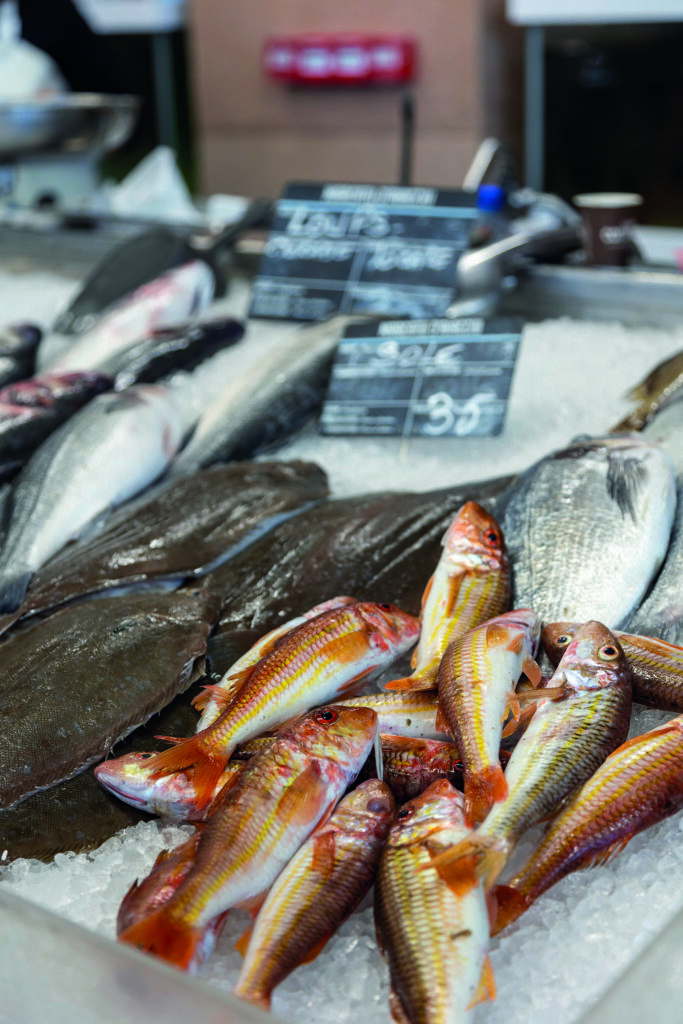
The round of cheeses
Lovers of cheese, whether ewe’s or goat’s, will be delighted by the wealth of Corsican varieties. Brocciu AOP, a delicately-flavoured fromage frais, is a true tradition. To be enjoyed on its own as soon as it’s made, or as an accompaniment to dishes such as chestnut-flour pulenda, brocciu embodies the very soul of Corsican cuisine and can be found in sweet and savoury dishes. You can also try migliacci, nicci, bugliticcie or fritelle, specialities made from ewe’s cheese, which can usually be found to buy at the island’s markets.
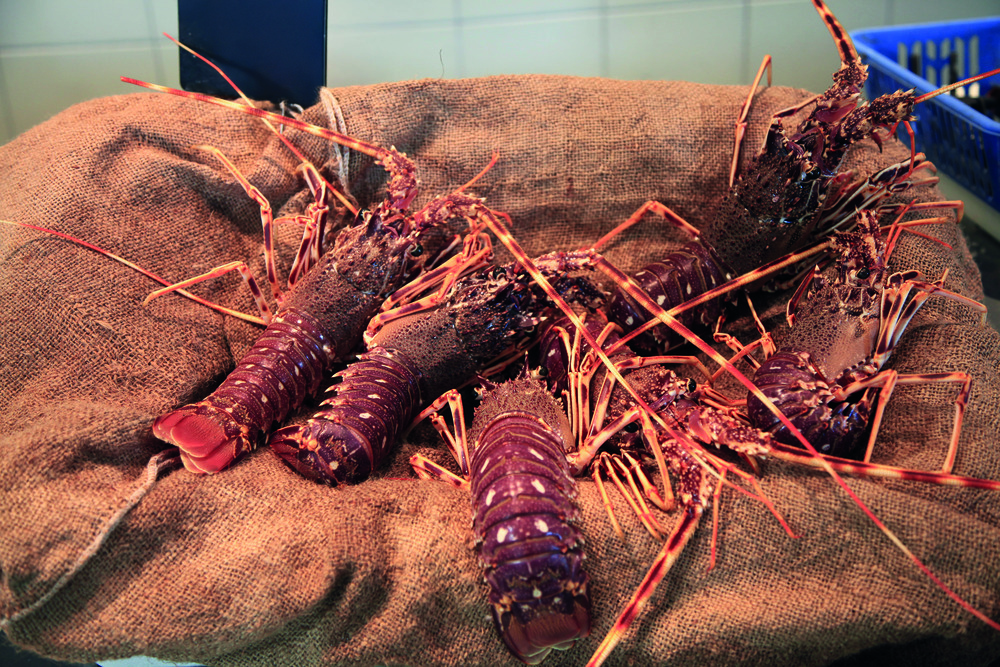
Free-range charcuterie
Of particular pride is the PDO charcuterie: lonzu, figatellu, boudin, coppa, salciccia and prisuttu. They come from the island’s native Nustrale pigs, which live semi-wild, foraging on chestnuts and acorns, which gives their meat a distinctive, rich taste.
Traditional dishes
Corsican specialities-such as veal with olives, grilled suckling goat, Corsican soup, wild boar stew, lamb with maquis herbs, beans with figatellu or aubergines à la bonifacienne-reveal the passion of Corsican cooks for fresh, local ingredients. Local products include olive oil, honey, citrus fruits, chestnuts, figs and hazelnuts. To taste them for yourself and find out more about the traditions surrounding them, visit the Olive Oil Fair in Sainte-Lucie de Tallano in early April: the Chestnut festival in Evisa at the end of July, or the Honey Fair in Murzo at the end of September. Or visit some of the destinations along the Route of the Senses (www.gustidicorsica.com), where you can meet the producers.
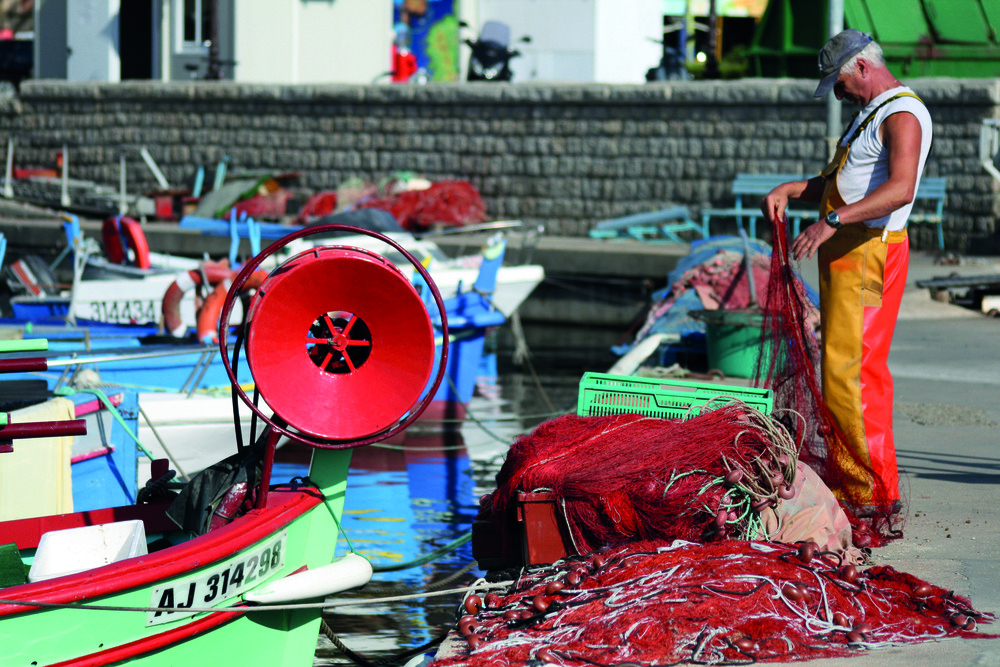
Around the vineyard
Great news-red wine contains antioxidants which can improve cholesterol! Corsica has numerous appellations, including nine PDOs. The vineyards are unlike any other, being the only island vineyards in France and more than 2,000 years old. The diversity of soils and sun-drenched hillsides, the maritime influence and the unusual juxtaposition of microclimates all combine to produce a unique terroir. Vermentinu is the most prized white grape variety in Corsica, while Niellucciu is the island’s dominant grape, particularly in the renowned Patrimonio appellation, producing wines with a deep red hue and bold character. In the south, Sciaccarellu is a black grape variety that epitomises the originality of Corsican wines. Meanwhile, Muscat Petits Grains is a versatile variety used to craft dry whites, vins doux noturels and sparkling wines.
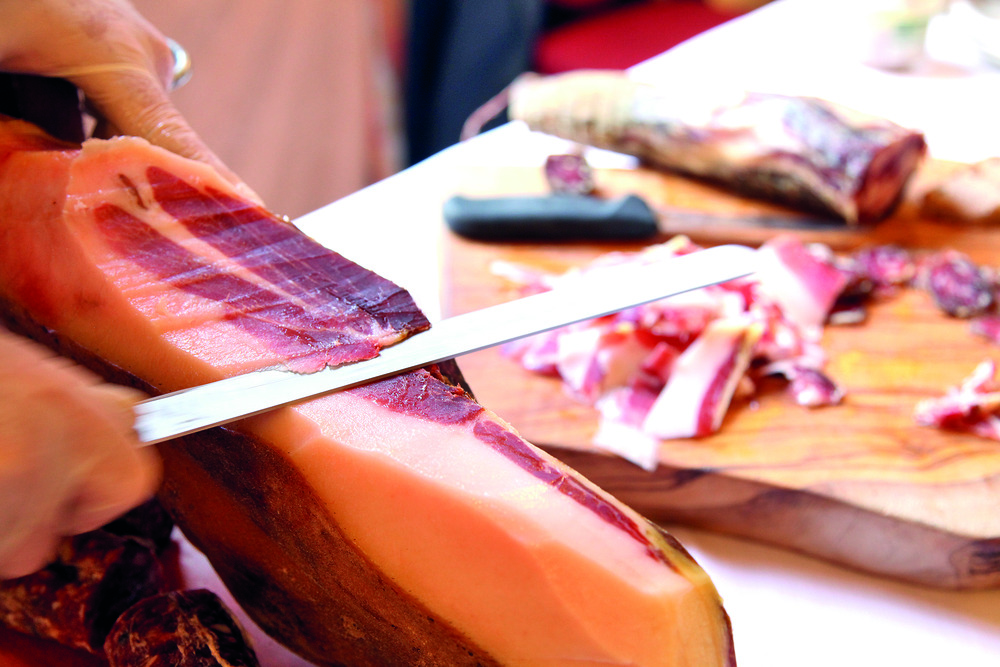
Looking for more French food and drink content?
In our magazine we offer a whirlwind tour of the best gastronomic destinations. Discover La Belle France’s renowned markets, quirkiest food festivals, most indulgent restaurants and foodie experiences.
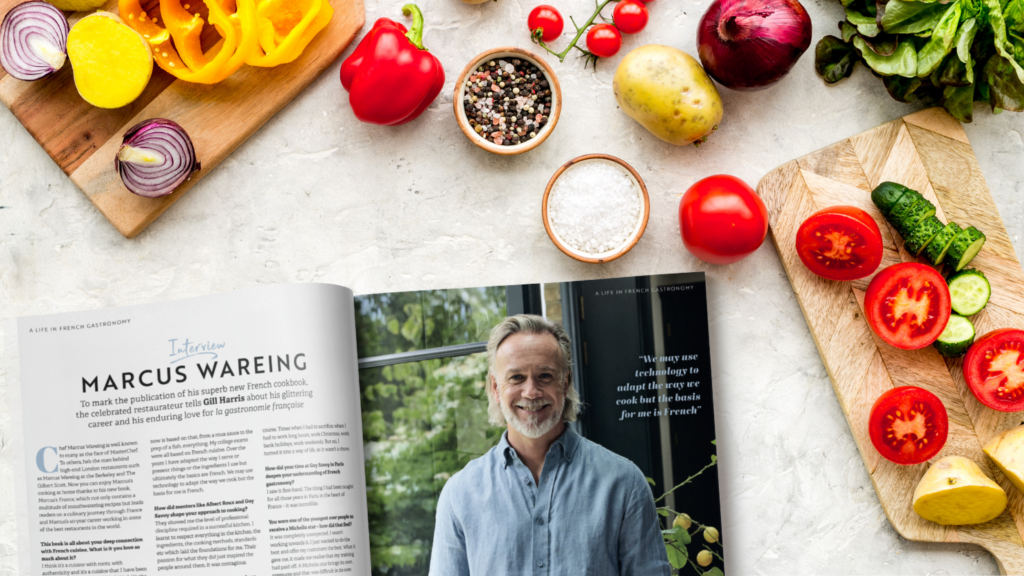
Lead photo credit : velo-vignes-patrimonio©Sylvain Alessandri4
Share to: Facebook Twitter LinkedIn Email
More in Corsica, Ingredients, What to eat

